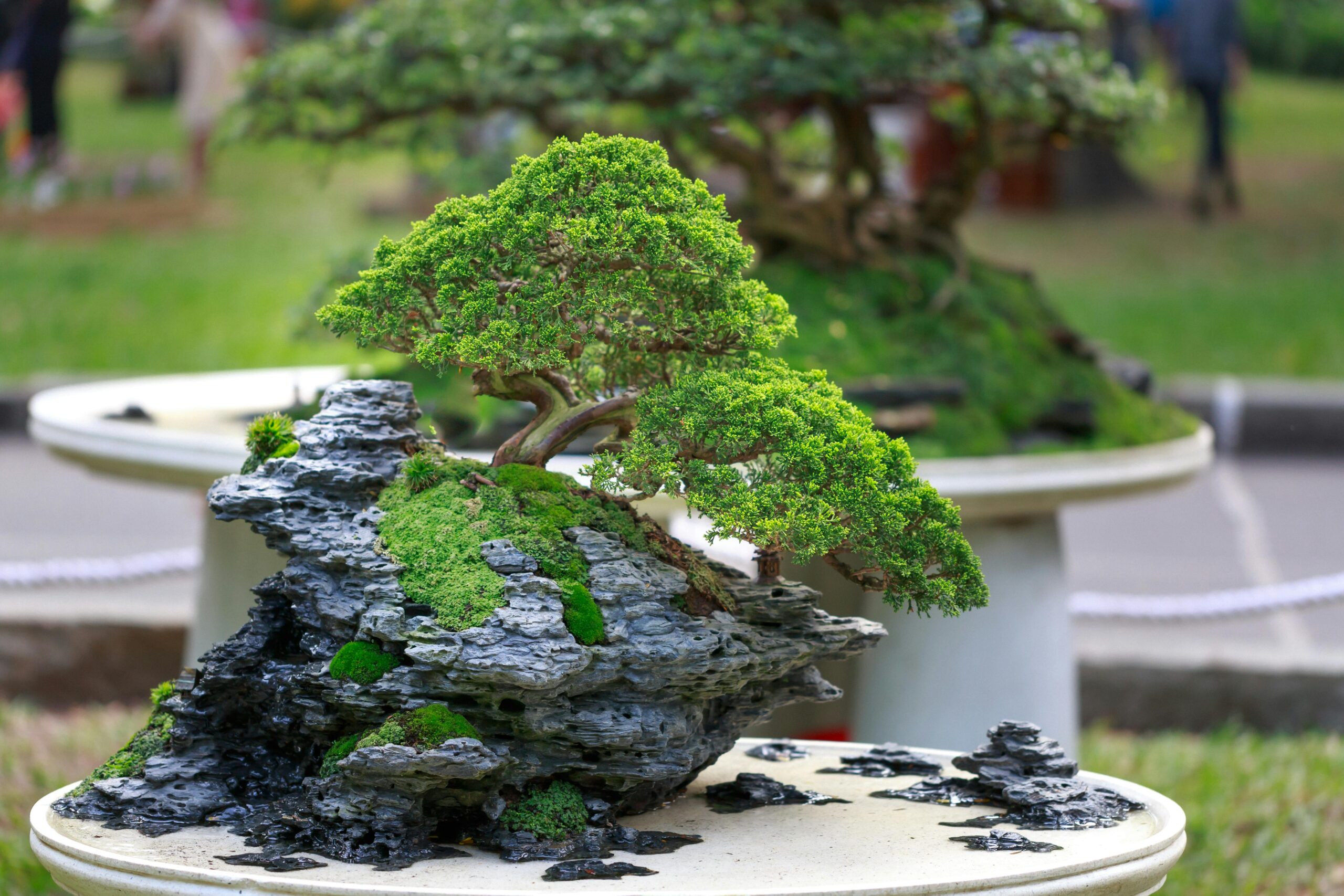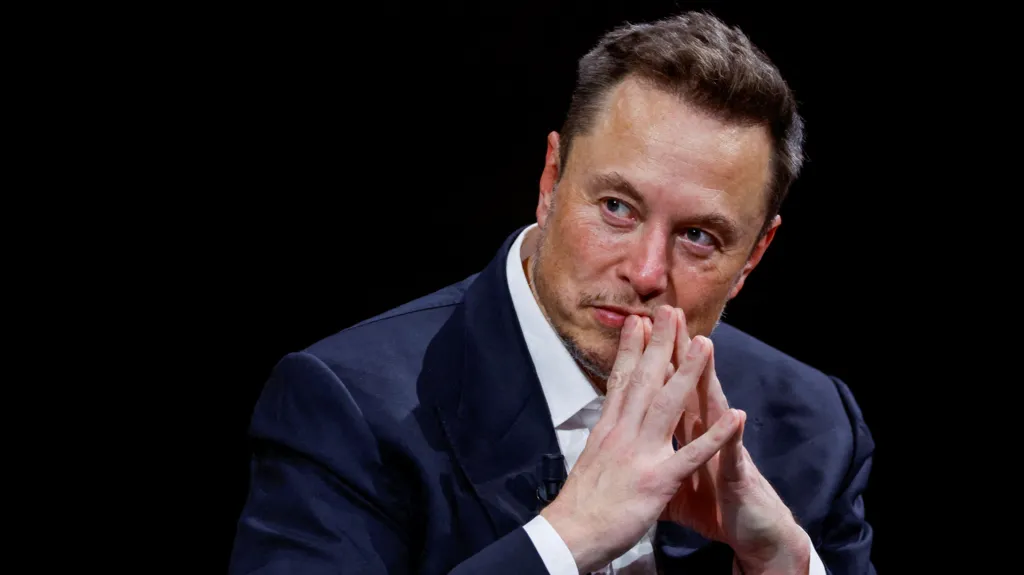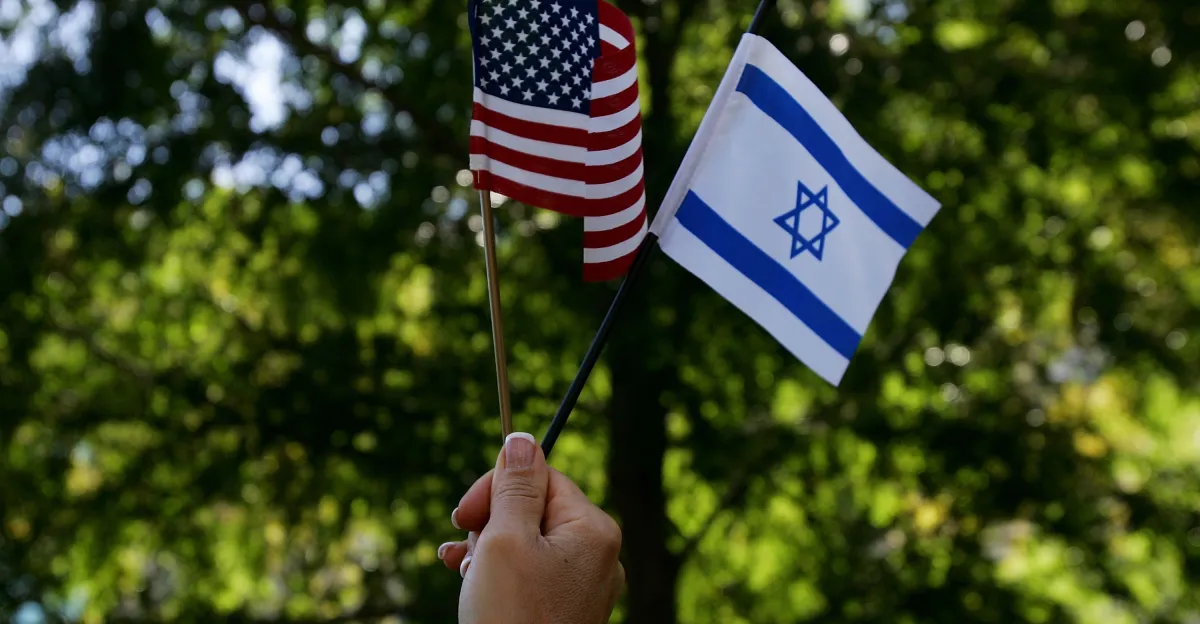Guy Joseph Guidry fondly remembers the moment he first encountered a bonsai tree three decades ago. He noticed a cluster of these miniature trees in his neighbor’s backyard in New Orleans. Neglected, the trees were adopted by Guidry, who became passionate about learning how to care for bonsai.
Over the years, he studied books, acquired pruning tools, and found mentors to guide him in the art of growing and shaping miniature trees — a practice rooted in the ancient Chinese art of penjing, later adopted by Japan. For Guidry, caring for bonsai is a responsibility similar to raising a pet or a child.
Recently, Guidry visited the National Bonsai and Penjing Museum in Washington, D.C., where one of his trained trees, a bald cypress, is on display. His visit coincided with the 400th anniversary celebration of the Yamaki Pine, known as the “Peace Tree,” the oldest tree in the museum.
The Yamaki Pine is not only notable for its age but also for its remarkable history: it survived the 1945 atomic bombing of Hiroshima, which claimed around 140,000 lives. According to accounts, the tree was shielded by a garden wall, which protected it from the destruction.
In 1976, Japan donated 53 trees, including the Yamaki Pine, to the United States as a gesture of friendship during the country’s bicentennial. Since then, this bonsai has become a symbol of resilience, forgiveness, and reconciliation. The Yamaki family, known for their commercial bonsai nursery, had nurtured this Japanese white pine for generations.
Michael James, the museum’s curator, emphasized how bonsai trees connect people across generations. “This art form, when done well, outlives you,” he said, gesturing towards the Peace Tree.



